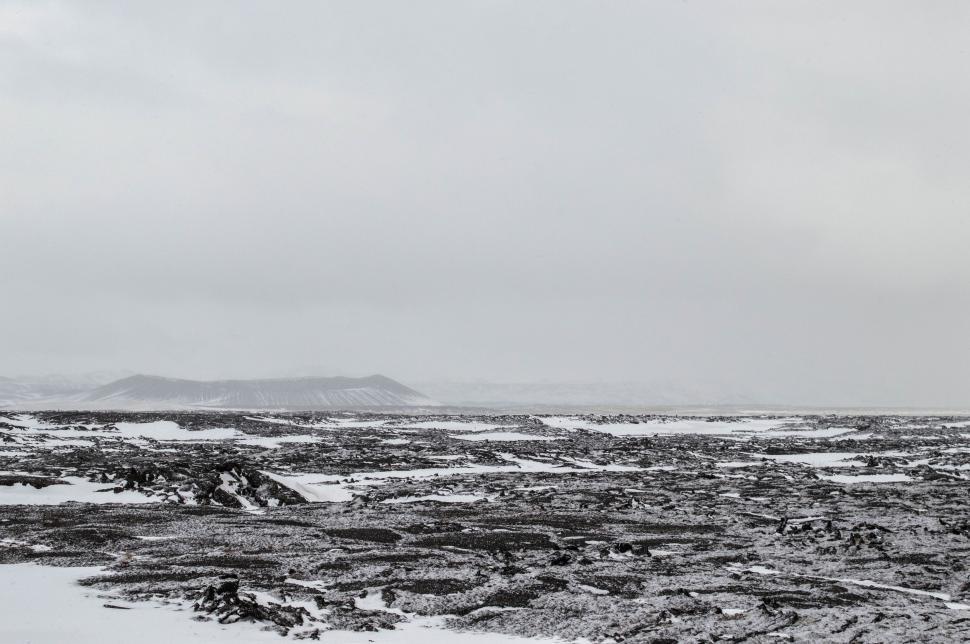
You are on vacation, walking around the city, exploring a museum, or attending an event, and you find yourself in a large group of people fighting for a spot to take what they think is the best photo they can capture to preserve the memory. Without thinking, your body is attracted to this magnet of unoriginal, often underwhelming perspectives of any of the aforementioned events.
This phenomenon I see so incredibly often and am appalled by. Why fight the crowd to get an image that is rushed, shallow, and considered to be mirror reflections of every other photo taken by everyone else at the location?
Acknowledging this, I will call these photos plagiarized. The way people take photos has deteriorated into something so unoriginal, something so intensely lacking true invention and creativity, that the photos people take simply seem plagiarized to me. Why not take a moment to find a truly profound angle, overview, or perspective that allows you to take an image no one else has, one that you can claim as your own? Throughout this article, I’ll sprinkle photos that demonstrate unique perspectives. All the photos we will go over are my own and were taken on a smartphone with some editing.
I just visited Chicago on a trip for a club, and on the first day, we visited the Bean. Keep in mind that this group is made up of members who would be visiting Chicago for the first time, in addition to seniors, some of whom are able to claim that this is their fourth or more time visiting the Windy City. Still, when we walked to the Bean, both of these groups and everyone in between, instantly took out their phones or other cameras to start snapping thoughtless photos, sometimes waiting in lines behind the aforementioned conglomerate of other rushed photographers.

I do not mean to offend anyone, but as an observation, when I looked at these photos, there was not one that brought a unique perspective. There was not one photo that demonstrated an attempt to illustrate the Bean in a unique light. Instead, off-centered, crooked, people-filled, discolored, plagiarized photos proliferated in the albums of my peers. It is not their fault or anyone else’s who has fallen into this pitfall. With the rise of smartphones, we have grown accustomed to instantly taking and sharing our photos. This is made easy by following the crowd and taking the photo they came up with.
I used to fall under this mindset but finally realized that, in the vast majority of situations, what I am taking a picture of is not going away. The Bean will not blow away from the gusts of the Windy City. The buildings in the Big Apple will not be eaten. Realistic paintings in museums will not actually come to life. I desperately implore you, for the sake of photography, creativity, and the appreciation of the world, the next time you want to capture an event through your camera, recognize and feel the urge you get when you see the herd of quick and basic photo-driven sheep. Step back and soak in the moment before you immortalize it in your camera roll.

I often get compliments on my photography. Do I have expensive gear? No. I use my smartphone. Do I explore majestic locations and exclusive events? No. Most of my photos are in the streets of cities, at local parks, or in my backyard. Do I have skills that others do not possess? No. My photos are not unprecedented recordings of history and life, I just take a little extra care in what photos I take and which I save, which sets my photos apart from the point-and-snap mindset of so many.
To start, some advice: try to limit yourself to the number of photos you take at a location or the number of photos you save in your camera roll from that location. When I go on vacation, I can take upwards of 200-300 photos. How many photos do I save to my albums? A maximum of 35. That means I am often cutting the number of photos I save from a trip or other experience by upwards of 90%. I rank the photos I take to decide which I keep and which are eliminated. The photos that are saved must be ranked as a 9 on a scale of 10. What happens if I have more than 35 photos ranked at a 9/10? I only include 10/10 photos. Still more? I eliminate the most basic photos and keep the ones that bring a unique light to whatever was captured.
Learn to edit your photos, and this does not mean just putting a filter on a photo and being satisfied. Learn to navigate photo-editing software! There are some really powerful programs out there that elevate your photos to a whole new level. I use Snapseed and Adobe Lightroom because both are free yet highly versatile. People seem unjustifiably opposed to editing photos. When people ask if I edit my photos and I say yes, they give this disgusted look and unenthusiastic “Oh.”
Unfortunately for them, any photos on social media or even photos from news outlets (which go through more strenuous regulations on what can be manipulated) are edited. Photography is an art, and part of that art is editing. Editing promotes creative freedom. Editing facilitates artistic liberty. Editing allows photographers to express their unique personal styles. I love photos that have a slight glow to them, low sharpness, rounded edges, and a brown-and-red-dominated hue. With editing, I can create a cohesive album that flows and engages whoever is enjoying my photos while consistently implementing my style.
There is not much advice to be given other than to develop your style. Start to acknowledge what you recognize when you take a step back and analyze the moment and setting. You will find yourself recognizing patterns that you can apply as you continue to explore the world and take photos. Considering this, instead of trying to come up with tips that may not apply to your style, I will provide some photos and the strategies and perspectives I recognized to make the images I captured unique.

I took this photo when we were in Chicago at the Bean. I realized that everyone knows what the Bean is and what it looks like, so there was really no point in capturing the entirety of the Bean. Instead, I patiently walked around the structure until I found an angle that brought a unique perspective to the piece of public art. When I reached this point around the Bean, I knew I had to capture it. The interestingly slanted building peeking around the side of the structure, the magnificent clouds and blue sky reflecting pristinely in the shine of the Bean, the buildings warped in the reflection to create this awesome perspective. Simple changes like this, and patience, instead of quickly taking a photo of the Bean, elevate photos to new levels. A picture of the Bean from 50 feet back would definitely capture the structure in its entirety, but no one would care. They know what the Bean looks like. Find a way to bring your moment to life in a unique way.
Next, utilize depth and the obstruction of your subject. “The obstruction of the subject? I thought the subject of the photo should be clear and centered.” The approach where the subject is the only thing in the photo is only applicable in some cases, and in many other situations, it actually takes away from the photo. Take a look at the two photos below. One is a rushed photo where the subject is vague. The other is a highly focused photo where the subject is hidden behind stairs, tree branches, pillars, and lights. Yet still, the subject is placed in a way where the audience is forcibly drawn into the photo, an effective engagement technique for photography. I added some other photos that demonstrate this as well.
Finally, I will leave you with a simple example of the power of editing. On a trip to Michigan one year, I came across some ferns I really liked. I knew I could capture them in a really magical and summery vibe. It is clear which is edited, and which is the raw photo. Did I have to sit down and intensely edit this photo? No. Actually, editing this photo probably took about one minute, yet the photo is elevated by tremendous magnitudes, to the point where my grandma printed it out on a canvas to hang on her wall because she enjoyed it so much.
With this, I will leave you with some parting words. I hope this article has allowed you to reflect on your own photography habits. Take photos with a purpose. The further away you are from the crowd, the more profound and unique your photos will be. Be open to editing. Be patient. Continue your photography journey. As your life progresses, you will appreciate the time you put in to take these meaningful and creative photos that truly captured the moment.













